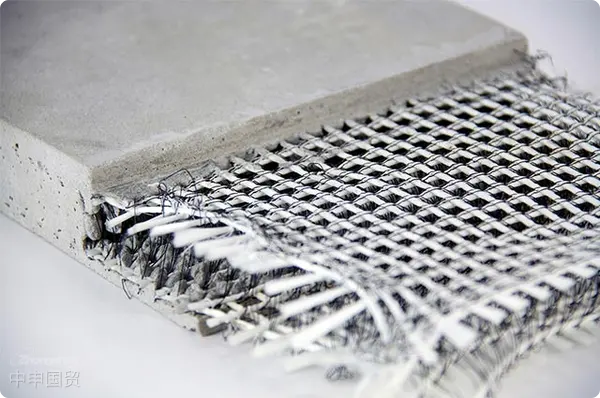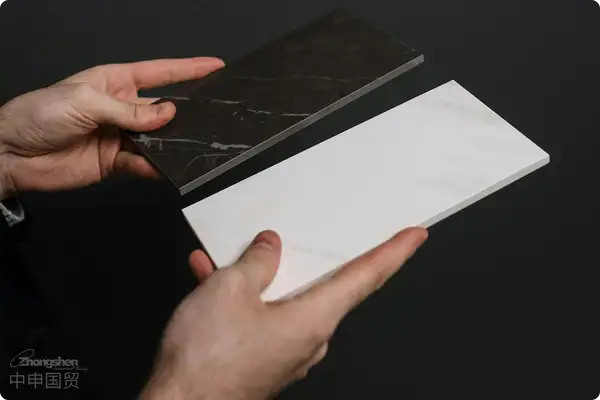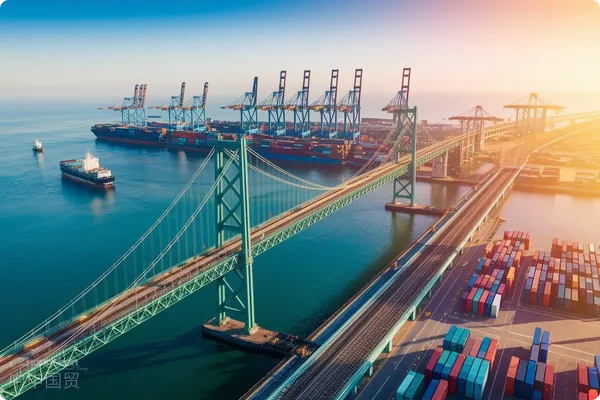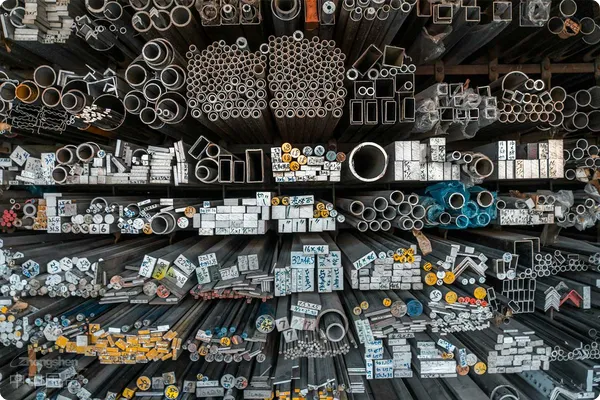- Shanghai Zhongshen International Trade Co., Ltd. - Two decades of trade agency expertise.
- Service Hotline: 139 1787 2118
GRC components are short for Glass Fiber Reinforced Concrete components. By combining glass fiber with concrete, they form a lightweight yet sturdy construction material. GRC components are widely used in architecture, decoration, and engineering fields because they combine the sturdiness of concrete with the lightness of glass fiber, making them an ideal building material.

Process for exporting GRC components to Europe
Product certification and compliance checks
Obtaining the CE mark:
- Technical documentation preparation: Prepare technical documents compliant with the EU Construction Products Regulation (CPR), including product descriptions, production processes, quality control, and test reports.
- Third-party testing: Select a qualified third-party testing institution for quality testing to ensure GRC components meet European standards (e.g., EN 15033).
- CE certificate issuance: After passing the tests, obtain CE certification, allowing the product to be sold in the European market.
Other certifications:
- Depending on specific market demands, other certifications such as environmental certifications may be required.
Find a suitable export service company
Choosing an experienced agency:
The agency should have extensive experience and a good reputation in handling European export business. Ensure the agency is familiar with the characteristics of GRC components and related export requirements.
Service offerings:
- Market access consultation
- Regulatory compliance checks
- Logistics and customs clearance services
Prepare relevant documents
Commercial documents:
- Sales Contract: Includes product description, quantity, price, delivery terms, and payment methods.
- Commercial Invoice: Details product information and transaction amount.
- Packing List: Lists contents of each package.
Technical Documents:
- Technical Specifications: Detailed description of product technical parameters and performance.
- Certification Documents: Including CE certificates and other relevant certifications.
Customs clearance and logistics arrangements
Customs Clearance Procedures:
- Customs Declaration: Complete and submit import declaration forms according to EU import regulations.
- Tax Payment: Pay relevant customs duties and value-added tax (VAT) according to European tariff policies.
Logistics Arrangement:
- Select Logistics Company: Choose reputableInternational Logisticscompanies to ensure safe transportation of goods.
- Packaging and Labeling: Ensure GRC components are properly protected during transportation to avoid damage. Packaging should have clear labels and shipping instructions.
Transaction and payment
Determine Transaction Terms:
- Payment Methods: Such asL/C(L/C), Cash on Delivery (COD), etc., to ensure secure payment collection.
- Delivery Terms: Clearly define international trade terms like FOB, CFR, CIF to specify responsibilities and cost sharing between buyer and seller.
Contract Terms:
Clarify delivery time, location, and acceptance criteria to avoid disputes.
After-sales service and customer relationship maintenance
Even after successful delivery, maintain contact with customers to ensure their satisfaction with GRC component installation and usage. Provide technical support and installation guidelines to ensure proper use of GRC components. Regularly collect customer feedback to continuously improve products and services.
Precautions:
Product Certification:Certification is not a one-time process and requires periodic renewal. Maintain high-quality standards throughout the production process.
Select Agency Company:Ensure the company has extensive European connections and rich export experience.
Document Preparation:Ensure accuracy and completeness of all documents.
Customs Clearance and Logistics:Cooperate with reliable logistics companies to prevent loss or delay during transportation.
Transaction and Payment:Use secure payment methods like letters of credit to reduce risks.
After-sales Service:Promptly handle customer complaints and feedback to ensure customer satisfaction.
In conclusion, GRC components are important materials in modern construction, and Europe represents a significant potential market. To successfully enter the European market, choosing a professional agency for export procedures is crucial.
ZhongShen International TradeAs a one - stop importExport Representationservice provider, it can provide customizedimport and exportSolution. If you needforeign tradeFor import and export agency services, please feel free to contact our company for business inquiries. The consultation hotline is 139 - 1787 - 2118.
Related Recommendations
? 2025. All Rights Reserved. Shanghai ICP No. 2023007705-2  PSB Record: Shanghai No.31011502009912
PSB Record: Shanghai No.31011502009912










